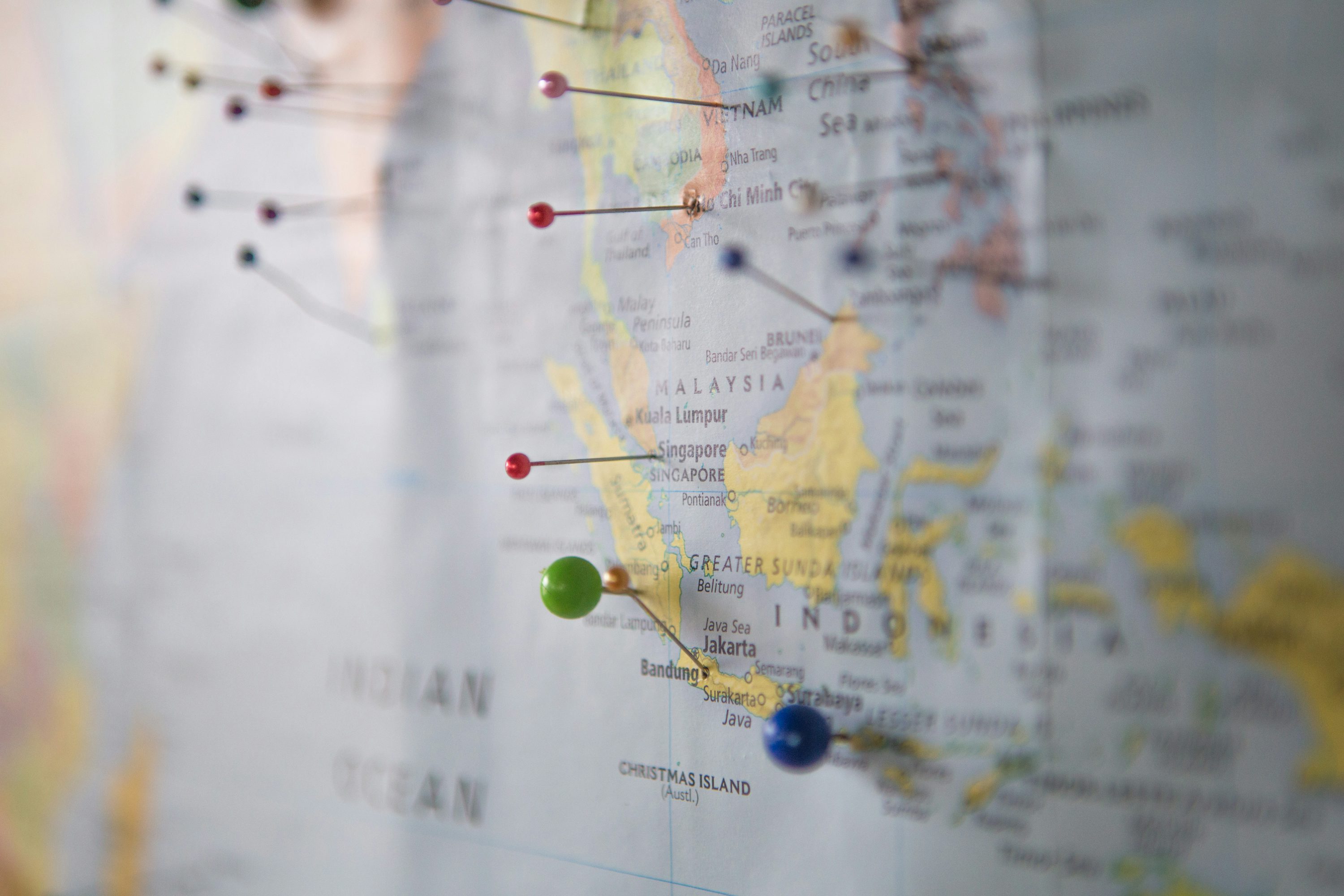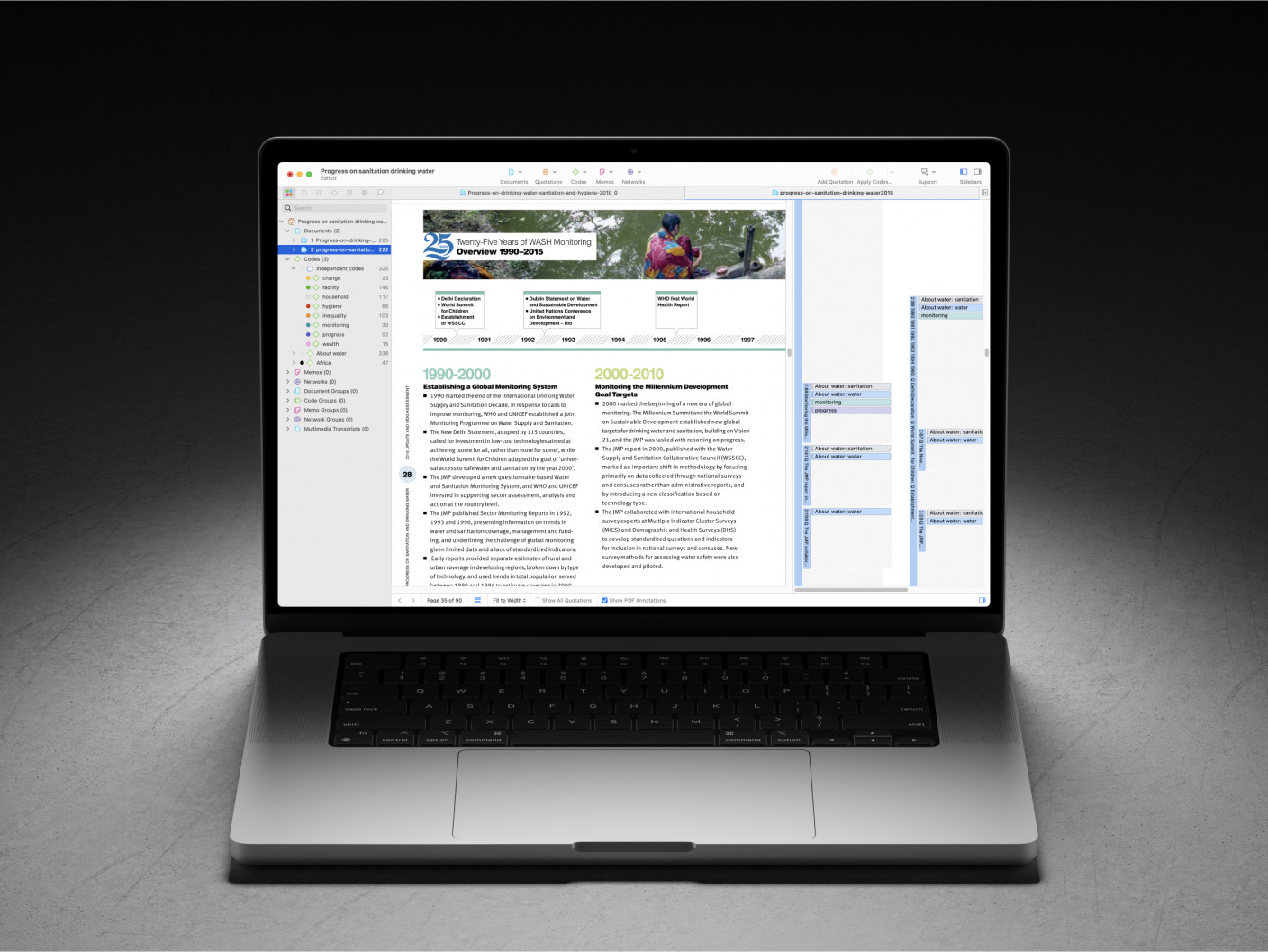Unit of Observation in Research | Definition & Examples
- Introduction
- What is the unit of observation?
- Importance of the unit of observation
- Examples of units of observation
- Unit of observation vs. unit of analysis
Introduction
The unit of observation refers to the aspect of the data that is observed and analyzed in a given research project. It is a key element in the description of a study as it guides what the researcher should look at in data collection and analysis and how the research audience should read the results or findings of the study.
In this article, we'll discuss the role of the unit of observation in research, how it contrasts with the unit of analysis, and how to choose the appropriate observation unit for your study.

What is the unit of observation?
The unit of observation refers to the specific entities from which data are collected in a study. These entities can be individuals, groups, organizations, events, or other relevant elements.
Identifying the unit of observation determines the level at which data are gathered and influences the research design, data collection methods, and analysis techniques. For instance, in a study on employee satisfaction, the unit of observation might be individual employees, with data collected through surveys or interviews.
Alternatively, a researcher examining company performance might use entire organizations as the units of observation, focusing on metrics like revenue or market share.
Selecting the appropriate unit of observation ensures that the data collected align with the research questions and objectives. It helps in structuring the study effectively and provides clarity in communicating the findings.
Importance of the unit of observation
In experimental research on sleep patterns, for example, you might be observing individuals to analyze how long they sleep and how they perform certain tasks to draw connections between the two.
In a controlled environment where a small set of elements of the study are under close observation, the importance of the unit of observation may be overlooked. However, consider the data collected during field work in an observational study.
The dynamic, ever-changing nature of a real-world environment can expose the researcher to any number of data points and types of data points, such that trying to capture every discrete development becomes a daunting task.
Narrowing the study to a specific unit of observation can help guide the researcher in documenting the most relevant data. In addition, a more focused collection of data facilitates the data analysis process.
Research design
The unit of observation influences the overall structure of a research project. It determines the scope of the study and helps in formulating clear research questions. By identifying the specific entities to observe, researchers can choose appropriate methodologies and design studies that are aligned with their objectives.
For instance, if the unit of observation is individual patients in a medical study, the research design might include personal interviews or clinical tests. If the unit is hospitals, the design could involve analyzing institutional records or performance metrics.
Data collection
A clearly defined unit of observation streamlines the data collection process. It guides the selection of data collection methods and tools that are most suitable for capturing information from the chosen units. This focus ensures that the data gathered are relevant and manageable.
For example, when studying consumer behavior, deciding whether to collect data from individual shoppers or entire households will affect the type of surveys or observational techniques used. This decision impacts the kind of data collected and its subsequent usefulness in addressing the research question.
Data analysis
The unit of observation affects how data are analyzed and interpreted. It determines the level of aggregation and the analytic methods that are appropriate for the study. Aligning the analysis with the unit of observation helps in producing accurate and meaningful results.
For instance, if data are collected at the organizational level, analysis techniques suitable for group-level data should be employed. Using individual-level analysis methods on such data might lead to making unfounded conclusions.
Presentation of findings
The way research findings are presented is shaped by the unit of observation. It influences the level of detail and the framing of results, making it easier for the audience to understand and apply the information.
For example, presenting findings from a study with individuals as the unit of observation will focus on personal attributes and behaviors. In contrast, a study with communities as the unit will highlight collective characteristics and trends.
Examples of units of observation
A unit of observation can take on many different forms depending on the field and the study, with the only commonality being the level of granularity in the data that facilitates data analysis. Let's look at a couple of fields to identify different units of observation.
Education
In educational research, the unit of observation might be individual students, classrooms, or entire schools, depending on the study's focus. For instance, a researcher studying student performance might collect data from individual students through test scores or surveys.
Alternatively, if the study aims to evaluate teaching methods, the unit of observation could be classrooms, comparing different classes taught with various instructional strategies. In policy studies, entire schools or districts might serve as the units of observation to assess the impact of educational reforms or funding changes.
Psychology
Psychological studies often use individuals as the unit of observation, especially when examining behaviors, cognitive processes, or emotional responses. For example, a study on stress levels might collect data from individual participants through questionnaires or physiological measurements.
In social psychology, the unit of observation could be groups, such as teams or families, to understand dynamics like group decision-making or family interactions. Sometimes, case studies focus on a single individual to gain deep insights into rare phenomena or disorders.
Sociology
Sociological research frequently involves units of observation at various levels, including individuals, groups, organizations, or even societies. A study on social mobility might use individuals to collect data on income levels and educational attainment.
If the focus is on organizational culture, the units of observation could be companies or non-profit organizations, gathering information through interviews with employees or analysis of organizational documents. For studies on societal trends, entire communities or nations might be the units of observation, using data from censuses or national surveys to analyze patterns like urbanization or demographic changes.
Economics
In economic research, units of observation can range from individual consumers to entire markets or economies. For example, a study on consumer spending habits might use individual households as units of observation, collecting data on income, expenditures, and savings. Alternatively, when analyzing industry performance, firms or companies could serve as the units, focusing on metrics like revenue, profit margins, and market share.
In macroeconomic studies, countries might be the units of observation, examining indicators such as GDP growth rates, inflation, or unemployment levels. Choosing the appropriate unit allows economists to align their data collection and analysis with the specific economic phenomena they are investigating.

Unit of observation vs. unit of analysis
The observation unit is strongly related to the unit of analysis in research design and methodology. It's easy to get the two confused in research design, so let's look at the distinctions more closely.
Definition of unit of analysis
The unit of analysis is the main entity that a research study aims to understand or make conclusions about. It represents the level at which data are analyzed and results are interpreted. This could be individuals, groups, organizations, or even larger entities like countries.
Differences between unit of observation and unit of analysis
While the unit of observation pertains to where the data are collected, the unit of analysis refers to what the data aim to explain. In some studies, these units are the same; in others, they differ. For example, researchers might gather data from individual employees (units of observation) but analyze the data to draw conclusions about the organization as a whole (unit of analysis).
Examples illustrating the differences
In a public health study, researchers might collect health records from individual patients (units of observation) to assess the prevalence of a disease in different regions (unit of analysis). Similarly, a sociological study might survey individuals about their social media habits (units of observation) to understand trends within a generation or age group (unit of analysis).
Why the distinction matters in research
Recognizing the difference between the unit of observation and the unit of analysis is important for accurate research design and interpretation. Misaligning these units can lead to incorrect conclusions, such as making assumptions about individuals based on group data or vice versa. Clearly defining both units helps ensure that the methodology aligns with the research questions and that the findings are robust.






